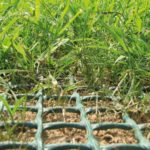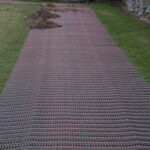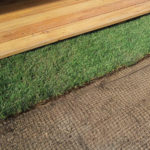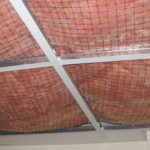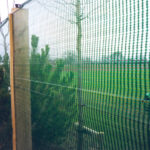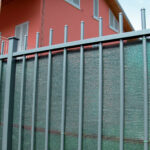How Ground Reinforcement Helps with Soil Compaction and Water Run-Off
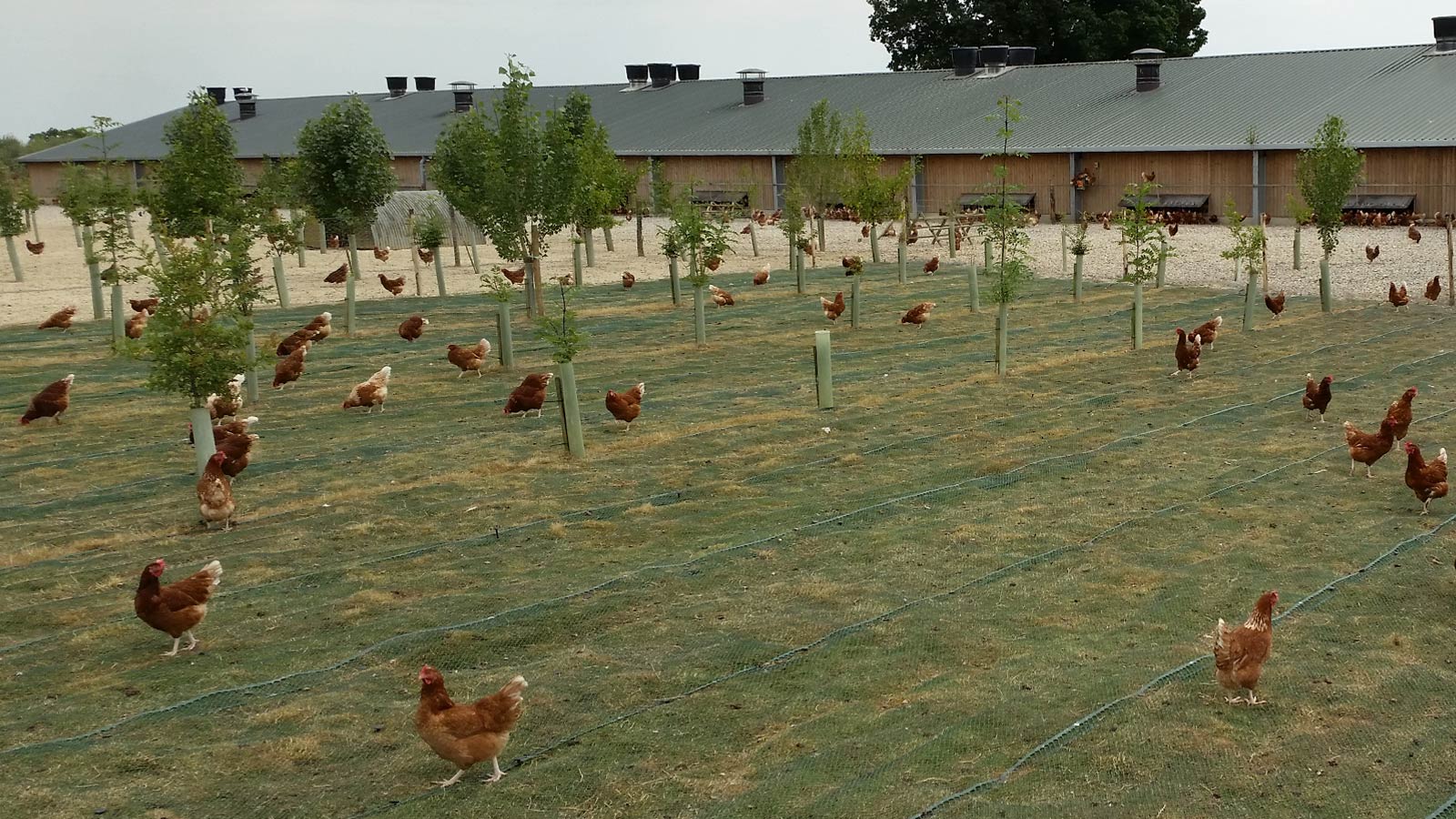
Managing ground surfaces effectively is about more than just creating a stable base — it’s about protecting the environment and ensuring long-term performance. Whether it’s for a car park, footpath, paddock, or garden, ground reinforcement systems play a key role in preventing soil compaction, flooding, and erosion.
At GroundStores, we supply a range of reinforcement grids and meshes designed to create durable, eco-friendly surfaces that work with the natural environment — not against it. Here’s how ground reinforcement benefits both engineering performance and sustainability.
Understanding Soil Compaction
Soil compaction happens when the ground is repeatedly compressed by foot traffic, vehicles, or heavy loads. Over time, the soil particles become tightly packed, squeezing out the air pockets that are essential for drainage and plant growth.
Compacted soil leads to several issues:
- Poor water absorption, causing puddles and run-off
- Reduced root growth and plant health
- Increased erosion during heavy rain
- Uneven, unstable surfaces
Once soil becomes compacted, it’s difficult and costly to reverse — which is why prevention through ground reinforcement is the smarter approach.
How Ground Reinforcement Works
Ground reinforcement products such as plastic grids, mesh panels, and turf protection systems distribute weight evenly across a larger surface area. Instead of pressure being concentrated in one spot (like a tyre track or hoofprint), the load spreads through the structure of the grid.
This prevents the underlying soil from being crushed and allows water, nutrients, and air to move freely through the ground.
The result:
- A stable surface that resists sinking or rutting
- Long-term protection of the natural ground beneath
- Better drainage and reduced waterlogging
Reducing Water Run-Off and Flooding
In urban and rural settings alike, excess surface water is a growing concern. Hard, impermeable surfaces like concrete or asphalt force rainwater to run off rather than soak into the soil — overwhelming drains and causing local flooding.
Permeable ground reinforcement systems solve this by maintaining natural infiltration. The open structure of grids and meshes allows rainwater to pass through the surface into the soil below, where it can be absorbed or filtered naturally.
Key benefits include:
- Reduced surface water build-up and standing puddles
- Lower risk of flooding and erosion
- Improved groundwater recharge
- Compliance with sustainable drainage (SuDS) principles
This makes reinforced surfaces ideal for driveways, car parks, pathways, and paddocks where drainage and stability must work hand-in-hand.
Engineering Benefits
From a civil engineering perspective, ground reinforcement offers several technical advantages:
- Load distribution: Prevents rutting and deformation under vehicles or machinery.
- Structural integrity: Maintains surface stability even under heavy or repetitive loads.
- Cost efficiency: Reduces the need for frequent surface maintenance or resurfacing.
- Versatility: Suitable for grass, gravel, or soil surfaces across various environments.
These properties make reinforced ground systems a reliable choice for both domestic landscaping projects and commercial or agricultural installations.
Environmental Benefits
Beyond structural performance, ground reinforcement also supports environmental goals:
- Permeable surfaces reduce flooding and allow natural water absorption.
- Soil protection preserves ecosystems and promotes healthy vegetation.
- Recycled materials: Many GroundStores grids and meshes are made from recycled plastic, reducing waste and carbon footprint.
- Biodiversity support: Allows grass growth and root development, helping habitats thrive.
By replacing impermeable surfaces with sustainable reinforcement systems, you help protect local environments and contribute to greener, more resilient land management.
Practical Applications
Ground reinforcement is useful across a wide range of settings, including:
- Driveways and overflow car parks
- Access roads and farm tracks
- Stable yards, paddocks, and riding arenas
- Footpaths and landscaping projects
- Grass protection for events and temporary access
Each product type — from Turf Reinforcement Mesh to Gravel Grids — has unique advantages depending on the surface and load requirements.
Final Thoughts
Ground reinforcement is more than just a practical solution — it’s a long-term investment in both performance and sustainability. By preventing soil compaction and improving water management, you’re not only protecting your land but also supporting healthier ecosystems and more resilient infrastructure.
Explore GroundStores’ full range of ground reinforcement grids, turf protection meshes, and accessories to find the perfect solution for your project.

